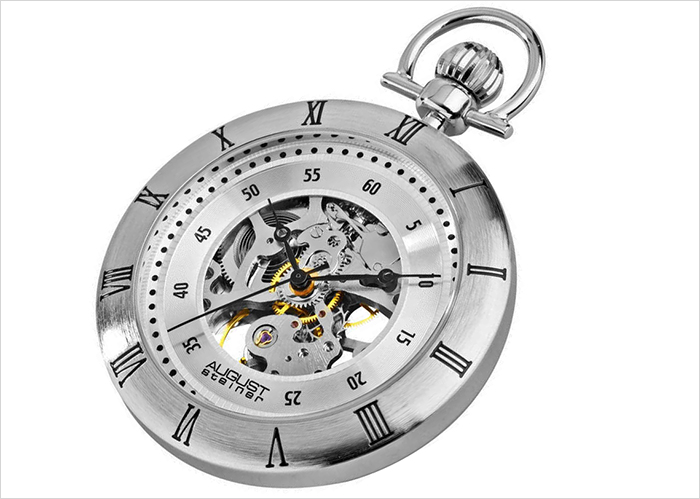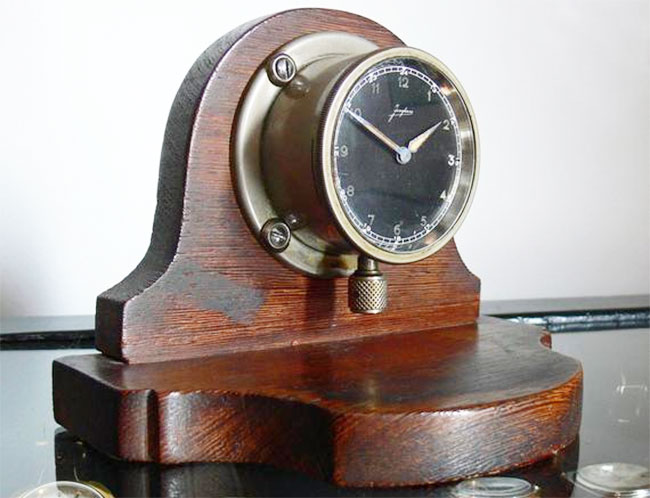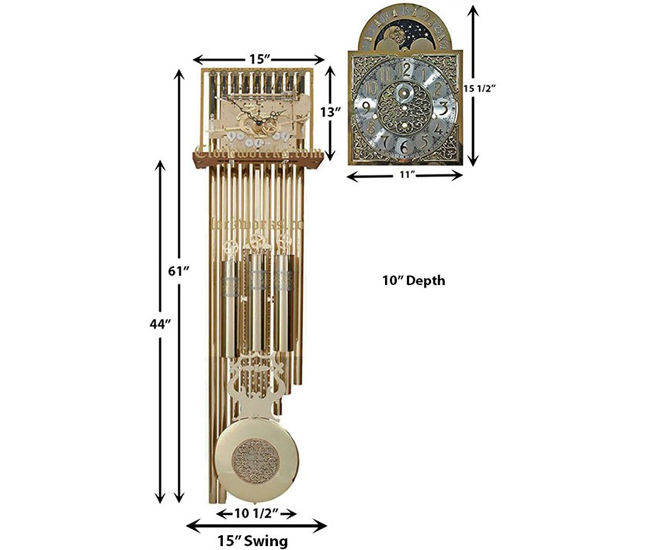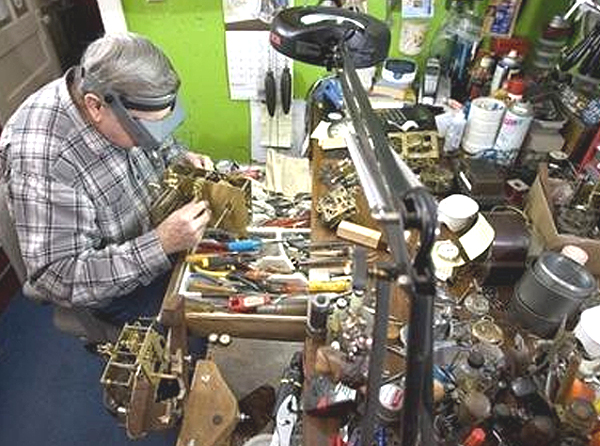Grandfather clocks, with their tall wooden cases and melodious chimes, have long been revered as timeless symbols of precision and craftsmanship. These majestic timepieces not only tell the hours but also carry a rich history and intricate mechanics that make them both functional and aesthetically captivating.
The Pendulum and Escapement Mechanism
At the heart of every grandfather clock lies a carefully calibrated pendulum. The pendulum’s graceful swing is the key to the clock’s precision timekeeping. Connected to the pendulum is the escapement mechanism, a crucial component that controls the release of energy from the clock’s power source, be it weights or springs.
The escapement ensures that the gear train, responsible for the clock’s movement, advances at a consistent rate with each swing of the pendulum. This intricate dance between the pendulum and escapement creates the metronomic heartbeat of the grandfather clock.
Weights or Springs: Powering the Clock
Grandfather clocks can be powered by weights or springs, with traditional models often featuring the majestic presence of three hanging weights. The weights are connected to chains or cables that wrap around drums, serving as the primary source of energy for the clock’s operation. As the weights descend, they transfer potential energy to the clock’s mechanism, driving the gears in the intricate dance of timekeeping.
The Gear Train: Transmitting Energy
The gear train is a mesmerizing assembly of gears with varying numbers of teeth. As energy from the weights or springs is transferred through the escapement mechanism, it courses through the gear train, each gear turning at a carefully calculated rate. The gear train, often visible through the clock’s glass door, represents the mechanical brilliance that powers the clock’s movement.
Hands and Dial: Telling Time
The motion of the gear train is elegantly translated into the movement of the clock’s hands. The long minute hand, shorter hour hand, and sometimes a delicate second hand sweep across the clock’s face, marking the passage of time with grace and precision. The dial, adorned with Roman numerals or other classic designs, adds to the clock’s timeless aesthetic.
Chimes and Strikes: Melodies of Time
Many grandfather clocks feature chimes or a strike mechanism, adding a melodic touch to the passage of time. The chimes may play tunes at regular intervals, while the striking mechanism announces the hours and sometimes the quarter-hours with a series of resonant strikes. These auditory elements contribute to the overall charm of the grandfather clock.
Regulating Mechanism: Fine-Tuning Precision
To maintain accuracy, grandfather clocks are equipped with a regulating mechanism that allows for adjustments to the length of the pendulum. This delicate fine-tuning ensures that the clock keeps accurate time, aligning with the timeless precision that grandfather clocks are known for.
Winding: Sustaining the Dance
Whether powered by weights or springs, grandfather clocks require periodic winding to sustain their operation. Winding a grandfather clock tightens the springs or raises the weights, replenishing the potential energy needed for the clock’s continued movement.
In summary, a grandfather clock works by converting potential energy from weights or springs into the regular and controlled motion of a pendulum. The escapement mechanism, gear train, hands, and regulating mechanism all work together to keep accurate time and, in some cases, provide additional features like chimes or striking sounds.










1 Comment